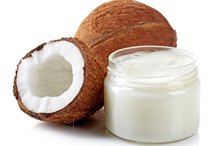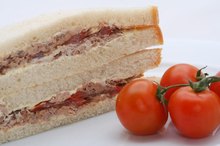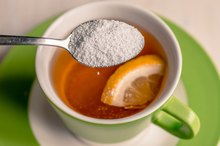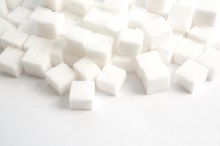What Are the Properties of Lipids?
The term "lipids" describes compounds such as fats, waxes, phospholipids, oils and other similar compounds. Lipids all have similar properties because they are all molecules made of the same elements with similar chemical structures, but the structures and properties do vary slightly.
Chemical Properties
Lipids are hydrophobic, which means that they repel water or do not dissolve in water. The tail of all lipid molecules is hydrophobic, while the head of some lipid molecules, like phospholipids and fatty acids, is hydrophilic, or water loving. Because those lipids have two opposing ends with different polarity, they are non-polar, while water is polar. This explains why, when an oil or fat is added to water, it does not mix and you can visibly see the different solutions.
Energy
Components of a Triglyceride
Learn More
Many types of lipids, such as oils, saturated fats and others, are found in foods. Each gram eaten provides nine calories of energy for the human body. Ingesting more lipids than needed by the body, especially saturated and hydrogenated fats, may result in fat storage and lead to health problems such as high cholesterol.
Organic Compounds
All lipids are organic compounds, which means that they all contain carbon in their chemical makeup. The structure and chemical bonding of the carbon atoms differs among the different types of lipid molecules, which gives each lipid a slightly different property. For example, fats that have many hydrogen bonds, called hydrogenated fats, are often solid at room temperature, whereas fats with more double bonds between the carbons and fewer hydrogen bonds are often liquid at room temperature.
Related Articles
References
Writer Bio
Racquel Ricci began writing in 1999, and has since worked as a grant writer for non-profit organizations and public school systems. She runs competetively and writes often about exercise and fitness. Ricci has a Bachelor of Arts degree from the University of New Mexico in psychology.









